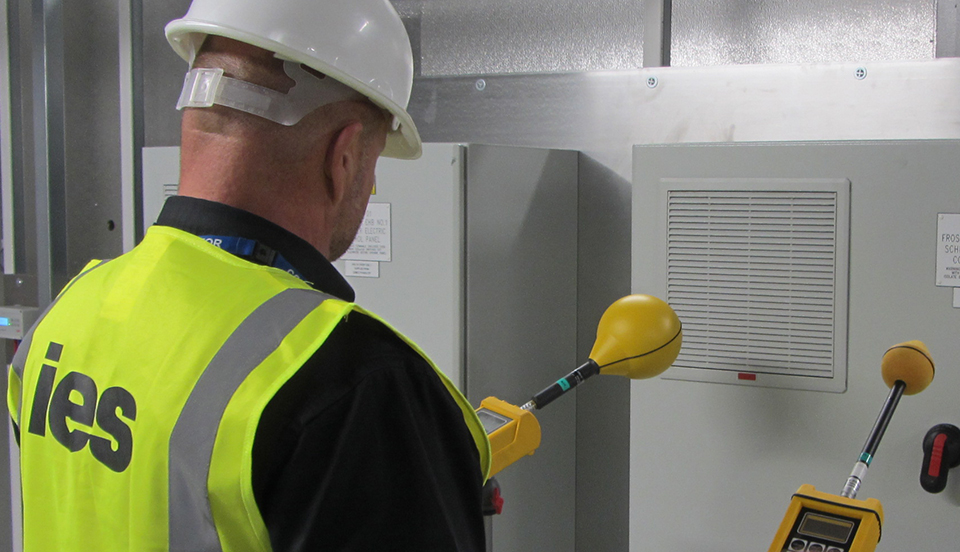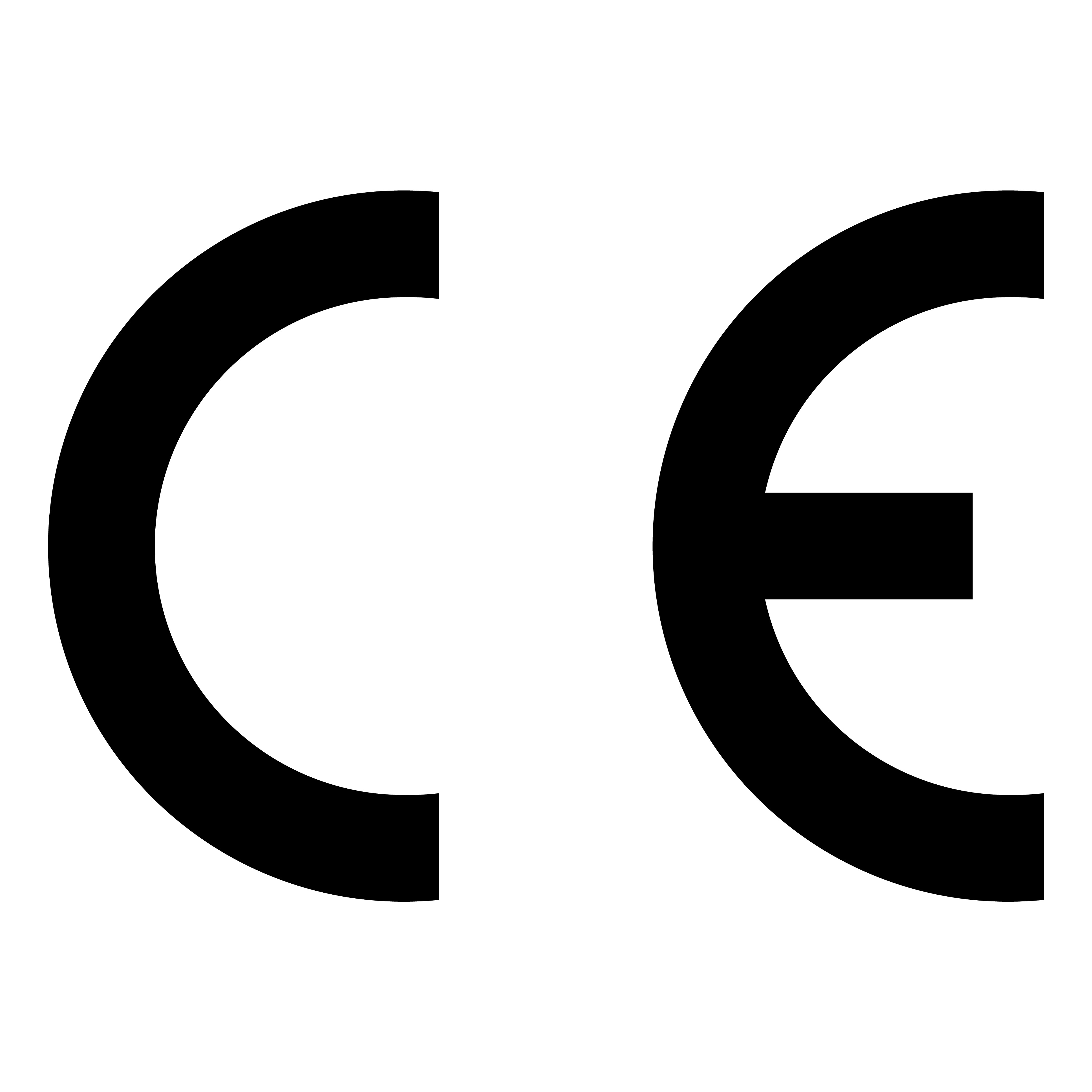How to Achieve UKCA Compliance in 5 Steps
Are you a manufacturer looking to supply a product, equipment or piece of machinery to markets in Great Britain (England, Wales and Scotland)?
We're actively recruiting for a range of roles across sales, engineering, IT and warehouse. Check our careers page to see open positions including apprenticeships.

Whether you’re moving a single piece of equipment or an entire production line, our trusted team of engineers can support every step of your move, from rigging to end-to-end relocation support across the globe.

Product marking is crucial for retaining market access, adhering to local legal requirements and offering safety and quality assurances to customers.
UKCA Marking is the required product marking if you’re selling or supplying products, equipment or machinery to markets in Great Britain (GB), including England, Wales and Scotland.
CE Marking is the required product marking if you’re selling or supplying products, equipment or machinery in the European Economic Area (EEA).
While similar, UKCA and CE Marking regulations vary. You cannot use them interchangeably, and using the incorrect product marking can have severe consequences, including product fines, recalls and bans from market access.
In this article, we’ll outline the key differences between the UKCA and CE Marking regulations, which markets and products they apply to and how you adhere to them.

UKCA (UK Conformity Assessed) Marking is currently the required product marking for products, equipment and machinery being supplied to GB markets only. It does not apply to Northern Ireland (NI) or EEA markets.
CE (Conformité Européenne) Marking, on the other hand, is the required product marking for products, equipment and machinery being supplied to EEA markets. It also does not apply to NI markets, but is currently still recognised for certain products being placed on GB markets.
UKCA and CE Marking regulations currently cover the following product areas:
UKCA Marking |
CE Marking |
However, some products are covered by UKCA but have special rules. These include:
|
The CE marking is not required for:
|
Get a UKCA/CE Marking service you can trust. Learn more here.

UKCA Marking came into effect in January 2021 as a result of the United Kingdom leaving the European Union.
Its purpose was to replace CE marking as the required certification for products, equipment and machinery being placed on GB markets.
Initially, being placed on GB markets would require UKCA Marking by December 2024. However, to minimise the disruption to businesses, the Government intends to extend the recognition of CE Marking for specified products and equipment indefinitely.
This will apply to 21 regulations in total, including the 18 regulations owned by the Department of Business and Trade, alongside three additional regulations: ecodesign, civil explosives, and, in most circumstances, restriction of hazardous substances (in electrical equipment).
See the GOV website here for more information.
UKCA Marking is designed to align with UK legislation and standards, while CE Marking aligns with EU legislation and standards.
Because UK standards were created to replace EU ones, they hold many similarities. For example, see our table below for a few specific UKCA regulations side-by-side with their CE counterparts:
UKCA Marking |
CE Marking |
Both the EU and the UK recognise similar standards and conformity assessment procedures to demonstrate compliance.
However, the UK has the freedom to maintain alignment with EU standards or diverge from them over time.
Both UKCA and CE Marking require a conformity assessment to demonstrate that specified requirements have been fulfilled.
But while the processes for achieving UKCA and CE compliance are nearly identical, there are a few key differences to be aware of.
Discover all the steps involved in achieving UKCA or CE Marking compliance in our free guide here.
Since 1991, we’ve been helping manufacturers and importers test and evaluate equipment in cleanrooms, labs, and production facilities across the UK.
Our UKCA/CE Marking service covers every step of the compliance process, from assessing and testing high-technology equipment against specific regulations to providing a Declaration of Conformity.
Stay up to date with the latest news and resources from our experts.

Are you a manufacturer looking to supply a product, equipment or piece of machinery to markets in Great Britain (England, Wales and Scotland)?
Before you can sell or supply certain products in Great Britain, you must certify that they comply with UKCA marking regulations.

Conformité Européenne (CE) marking is the European Union’s required certification for products, equipment and machinery supplied to European Economic...